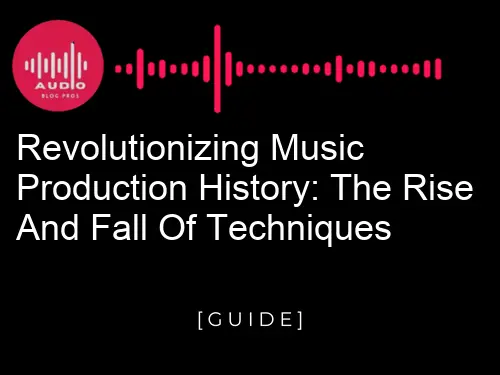Music production has come a long way since its inception, with techniques evolving over time to create the sounds we know and love today. But what happened to the old techniques that were once considered groundbreaking? As music continues to evolve, it’s important to take a step back and examine the rise and fall of these techniques. In this blog post, we’ll explore how music production history has been revolutionized by changing approaches and why some techniques have faded into obscurity while others continue to stand the test of time. Get ready for a journey through music production history that will leave you questioning everything you thought you knew!
Table of Contents
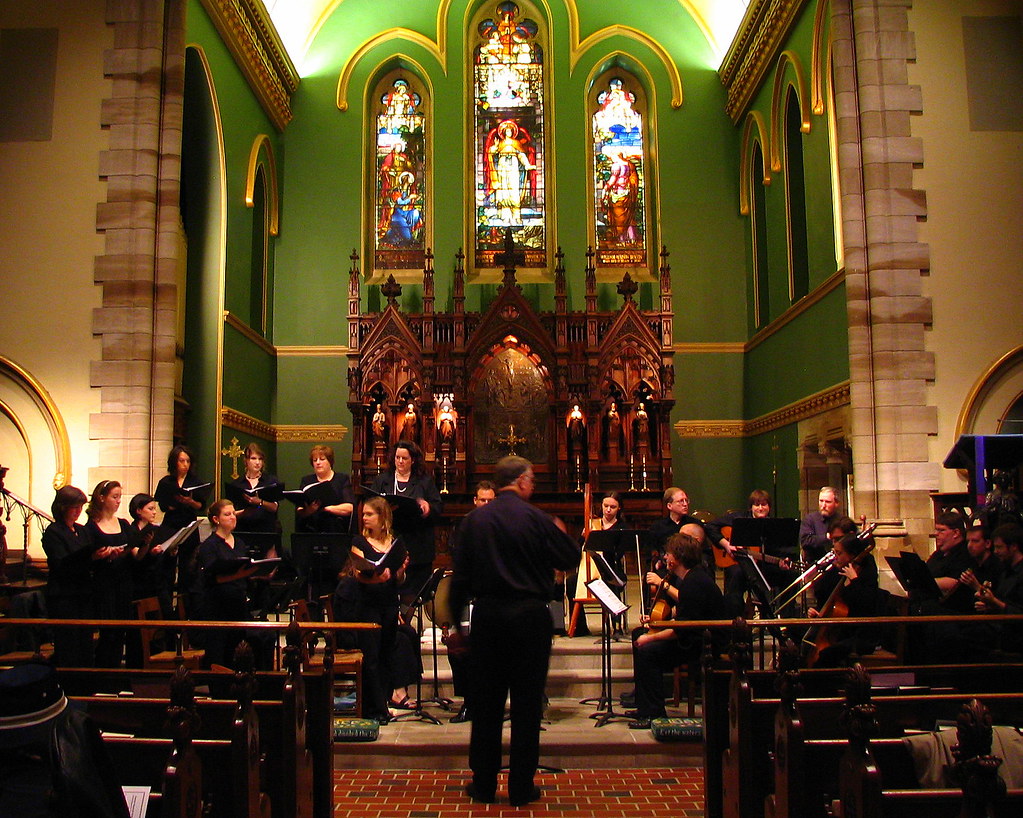
The Early Days of Music Production: A Brief Overview
Music production history spans over a century, starting from the early 20th century with the invention of recording technology. In those days, recording music meant capturing live performances on wax cylinders or shellac discs. As technology advanced, music production saw significant changes in its techniques, equipment and styles. The introduction of magnetic tape allowed for editing and overdubbing multiple tracks, leading to the birth of multitrack recording. This new approach gave musicians complete creative freedom and also paved the way for experiments that could not be achieved during live performances. With time came more developments such as compact cassettes in the 1960s, digital audio tapes (DAT) in the 1980s ,and finally Digital Audio Workstations(DAW’s) at present day allowing anyone with a computer to create professional quality recordings from home studios.
The Emergence of Multitrack Recording and Its Impact on Music Production
Multitrack recording revolutionized music production in the 1960s by allowing engineers to record and mix multiple tracks separately. This technique allowed for greater control over the final mix and made it possible to create complex arrangements that were previously impossible. The Beatles’ Sgt. Pepper’s Lonely Hearts Club Band is a prime example of the creative possibilities of multitrack recording. The album featured innovative production techniques such as tape loops, backward recording, and sound effects that were all made possible by multitrack recording. The technique also allowed for overdubbing, where musicians could record additional parts on top of existing tracks, making it easier to correct mistakes or add new ideas. Multitrack recording remains a fundamental technique in modern music production and has paved the way for further innovations in the field.
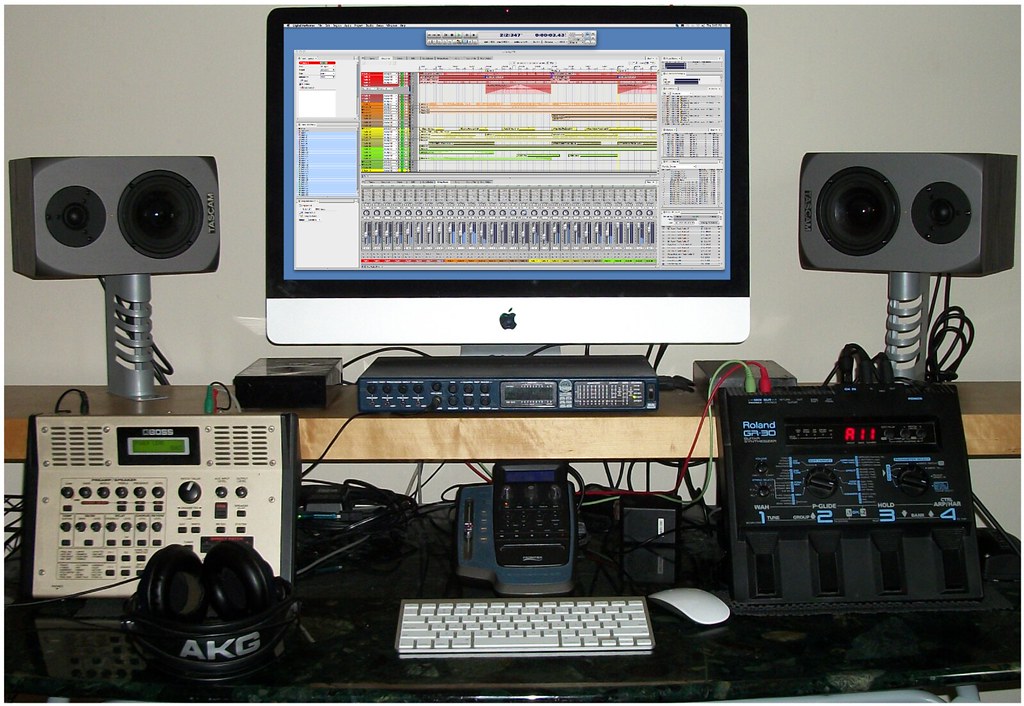
The Rise of Digital Audio Workstations (DAWs) and the Demise of Analog Recording
In the 1980s, digital audio workstations (DAWs) started to emerge, allowing music producers to record and edit music digitally. This revolutionized the music production industry as it eliminated the need for expensive analog equipment and physical tape. DAWs allowed producers to manipulate sound with ease, enabling them to experiment with different sounds and create new genres.
One of the most popular DAWs is Pro Tools, which was introduced in 1991. It quickly became an industry standard and is still widely used today. Other popular DAWs include Logic Pro, Ableton Live, and FL Studio.
The rise of DAWs also led to the demise of analog recording. While some producers still prefer the warmth and character of analog recordings, digital recording has become the norm due to its convenience and flexibility. However, some argue that digital recordings lack the depth and warmth that analog recordings provide.
Overall, DAWs have revolutionized music production by making it more accessible and affordable for aspiring producers. They have also allowed for more experimentation and creativity in music production.

The Birth of Sampling and Its Influence on Music Production
Sampling is the process of taking a portion of an existing sound recording and reusing it as an instrument or a sound element in a new composition. This technique became popular in the 1980s with the rise of hip-hop music, where producers would sample drum breaks and other elements from funk and soul records. Sampling not only allowed for the creation of new sounds but also helped to preserve and honor older music by reintroducing it to new audiences. It also opened up opportunities for experimentation and creativity in music production, as producers could manipulate and transform samples into entirely new sounds. Today, sampling continues to be a popular technique in various genres of music, from electronic dance music to pop and rock. However, there are legal issues surrounding sampling, as it involves using copyrighted material without permission.
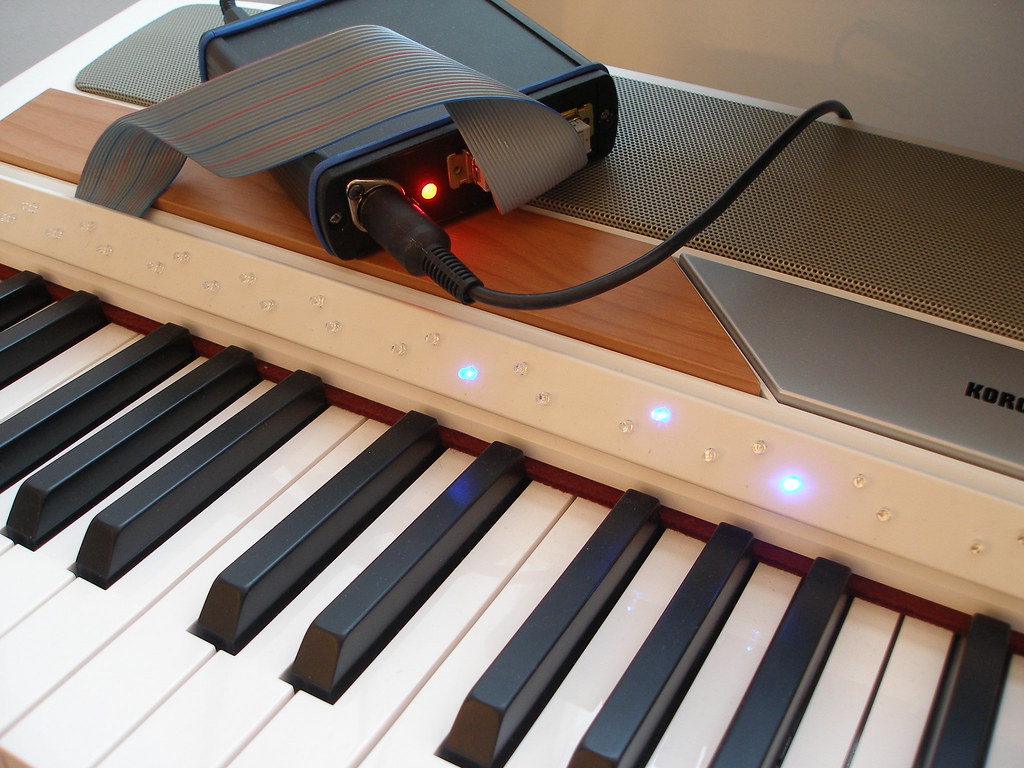
The Role of MIDI in Revolutionizing Music Production Techniques
MIDI or Musical Instrument Digital Interface is a protocol that allows electronic musical instruments, computers, and other devices to communicate with each other. It was introduced in the early 1980s and revolutionized music production by enabling producers to control multiple instruments from a single device. With MIDI, producers could easily program drum machines, trigger samples, and control synthesizers. The ability to edit and manipulate MIDI data also allowed for greater precision in music production. Today, MIDI controllers are an essential tool for music producers, allowing them to create complex arrangements with ease. MIDI has also played a significant role in live performances, enabling musicians to trigger samples and control effects in real-time. Overall, MIDI has had a profound impact on music production techniques and continues to be an essential tool for modern producers.
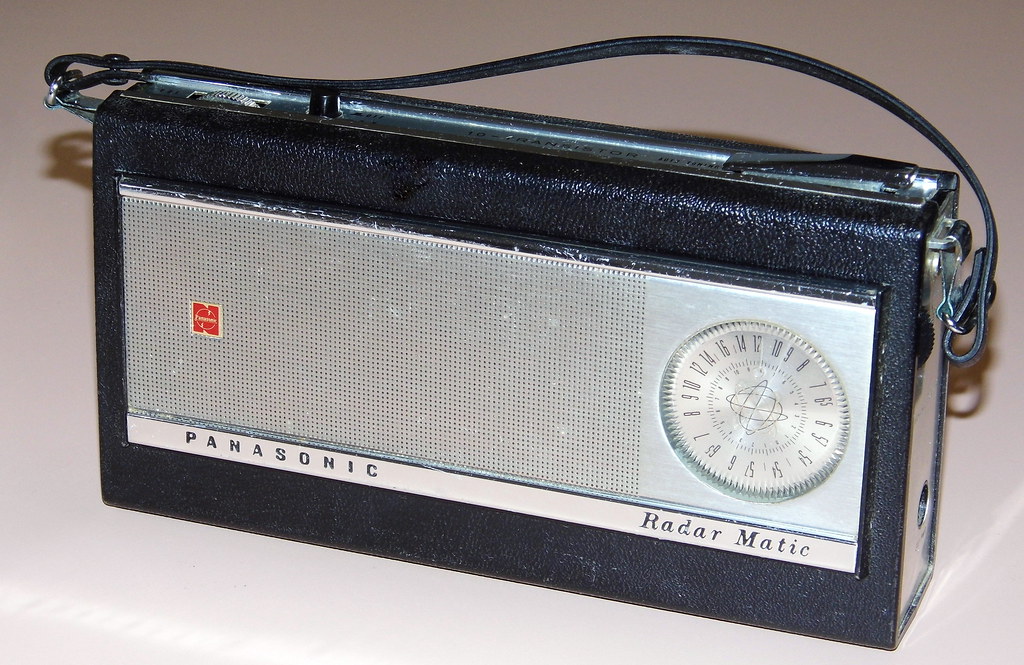
The Impact of Auto-Tune on Modern Music Production
Auto-Tune is a pitch correction software that has revolutionized modern music production. Originally designed to correct off-key vocals, it quickly became a popular effect used to create the signature robotic vocal sound heard in many pop songs. The software works by analyzing the pitch of a vocal recording and automatically adjusting it to the nearest note in a chosen scale. While it has been criticized for its overuse and homogenization of vocal performances, Auto-Tune has also been praised for its ability to push creative boundaries and create new sounds. It has become a staple tool in modern music production, with many producers using it not just for pitch correction but also as an artistic effect. The impact of Auto-Tune on music production cannot be overstated, as it has influenced the sound of countless hit songs and shaped the direction of popular music.

The Evolution of Mixing and Mastering Techniques in Music Production
Mixing and mastering are crucial stages in music production, determining the final sound quality of a track. In the early days of music production, this was done using simple techniques like adjusting volume levels or adding reverb effects. However, with advancements in technology came new possibilities for mixing and mastering techniques. Today’s digital audio workstations (DAWs) offer a wide range of tools and plugins to achieve professional-level mixes.
One significant development is the use of compression, which evens out volume levels between the loudest and quietest parts of a track for a more consistent sound. Another technique is EQing, which adjusts specific frequency bands to enhance clarity or remove unwanted frequencies.
Mastering involves making final adjustments to overall EQ, volume level, compression, and stereo width so that tracks are ready for distribution across various platforms like streaming services or physical media such as CDs. Mastering also ensures that all tracks on an album have a cohesive sound when played together.
With new technologies emerging every day, there’s no telling what other innovative techniques will come next in music production.

The Rise and Fall of Physical Studios: From Abbey Road to Bedroom Producers
Physical Studios once dominated the music production industry, with iconic recording studios such as Abbey Road and Sunset Sound becoming household names. These studios were equipped with high-end analog gear, and producers would spend hours perfecting a single track. However, advancements in technology have made it possible for artists to create professional-quality recordings from their bedroom. The rise of digital audio workstations (DAWs) has also made it easier for producers to work remotely and collaborate seamlessly. This shift towards home-based production has allowed more musicians to enter the industry, breaking down barriers that previously existed due to the cost of studio time and expensive equipment. While there are still legendary studios around today, many new producers opt for a home setup instead – showing how much music production history has changed over recent years.

The Future of Music Production: AI, Virtual Reality, and Beyond
AI and virtual reality are two emerging technologies that are set to revolutionize the future of music production. AI-powered tools can analyze data and patterns to help producers make informed decisions about their music. For example, AI can help identify the key and tempo of a track, suggest chord progressions, and even generate melodies. Virtual reality, on the other hand, allows producers to create immersive environments where they can mix and master their tracks in a three-dimensional space. This technology provides a more intuitive way of working with sound and allows for more creative experimentation. As these technologies continue to develop, we can expect to see more innovative approaches to music production that blur the lines between human creativity and machine intelligence.

Famous Producers Who Shaped the History of Music Production
No discussion about music production history would be complete without mentioning some of the pioneers who have shaped this field. From George Martin, the legendary producer known as “the fifth Beatle,” to Phil Spector and his famous wall of sound technique, these producers have left their mark on the industry. Dr. Dre, who produced artists like Snoop Dogg and Eminem, introduced a new era of hip-hop production with his signature use of sampling and digital techniques.
Max Martin is another influential producer whose innovation in pop music production has earned him multiple Grammy awards. Rick Rubin’s minimalist approach to recording helped shape genres such as punk rock, heavy metal, and hip-hop.
These pioneers paved the way for modern producers like Mark Ronson and Jack Antonoff, who continue to push boundaries by incorporating diverse sounds and experimenting with different techniques. Their impact on music production will continue to inspire future generations of producers for years to come.
In conclusion, music production has come a long way since its early days. From the emergence of multitrack recording to the rise of digital audio workstations and sampling, to the advent of AI and VR in modern music production, technology has shaped the history of this industry like never before. Despite all these changes, one thing remains constant: Music producers are constantly innovating new techniques that push boundaries and break records.
If you’re interested in learning more about music production or staying up-to-date with the latest trends in this fast-paced industry, be sure to check out our other content on our website. Thanks for reading!
FAQ
Who invented the first synthesizer?
Robert Moog invented the first synthesizer in 1964.
What is the history of music production?
Music production has evolved from analog to digital techniques.
How has music production evolved over time?
Music production has evolved from mono to stereo, and then to surround sound.
Who are some of the most influential music producers in history?
Phil Spector, Quincy Jones, and George Martin are some of the most influential music producers in history.
What are some of the challenges faced by early music producers?
Early music producers faced technical limitations and budget constraints.
How has technology impacted music production?
Technology has made music production more accessible and affordable.

